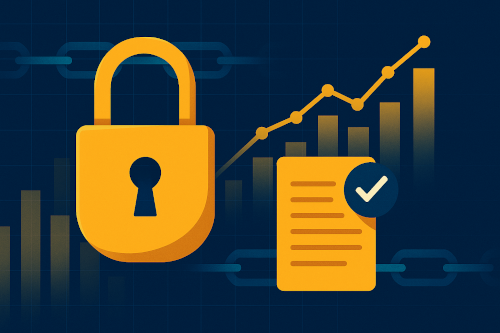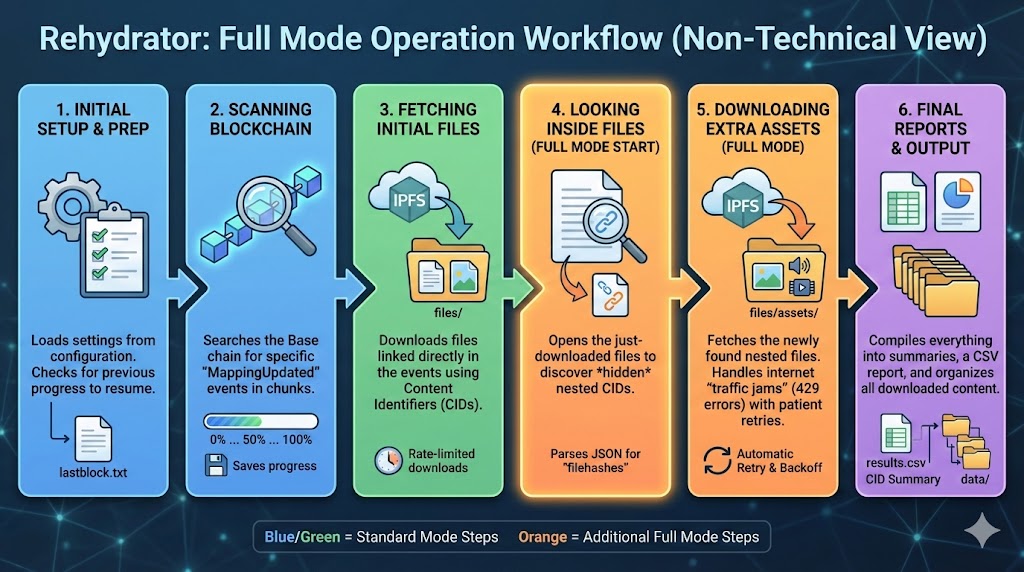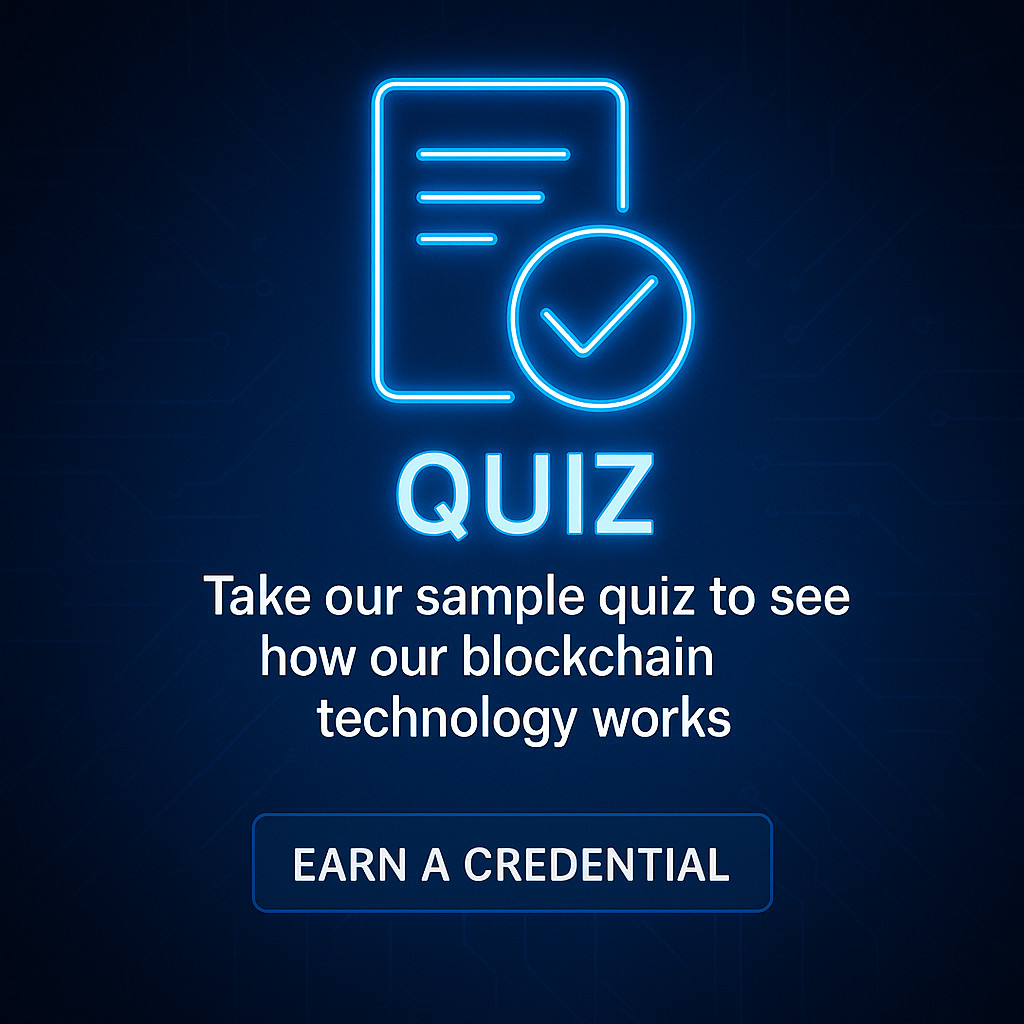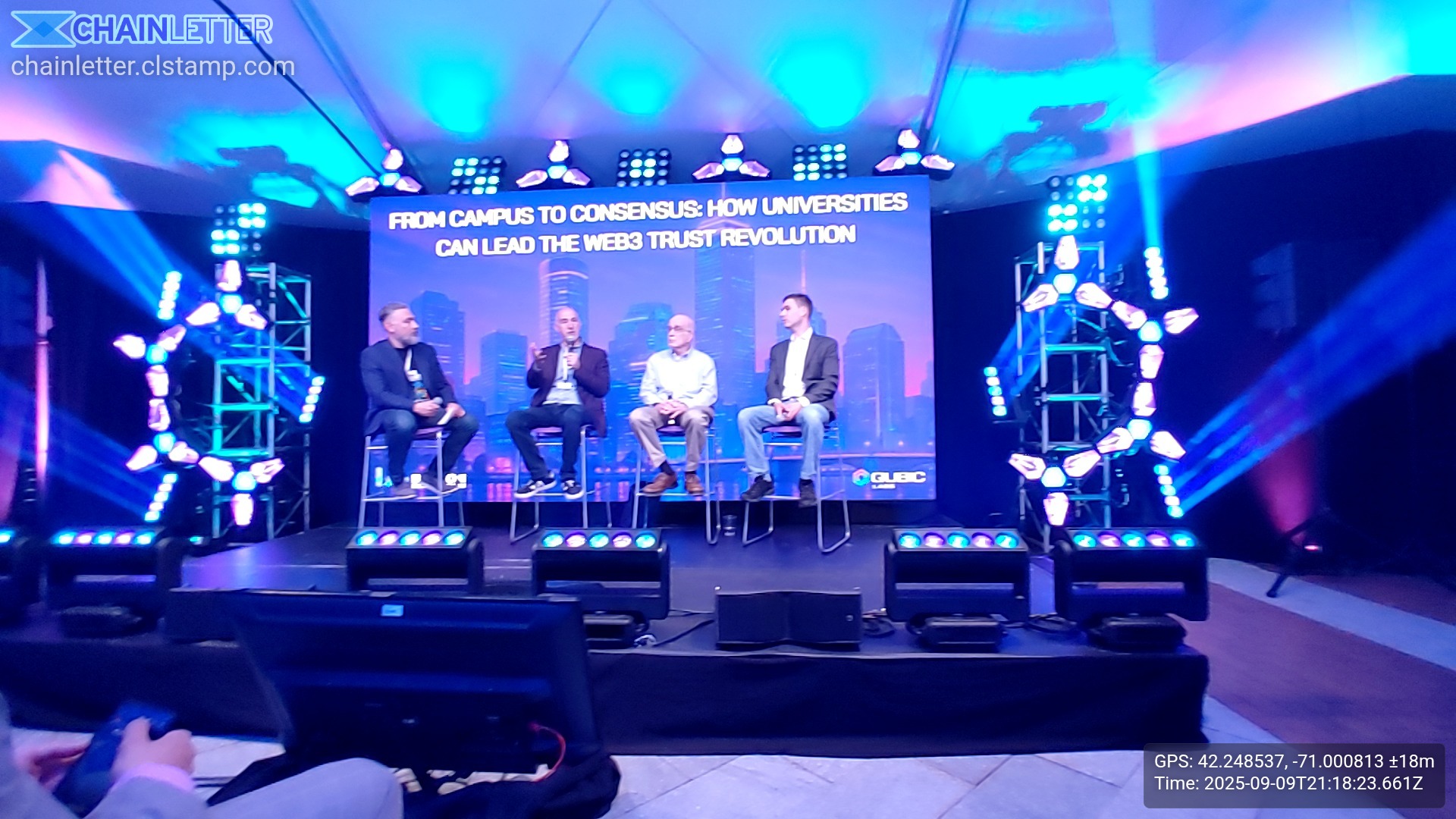by Sol Nasisi
Share
by Sol Nasisi

In a world where digital interactions are pervasive and fraud is rampant, trust has become one of the most valuable commodities. From verifying identities and credentials to authenticating records and transactions, organizations that possess validated information are uniquely positioned to capitalize on a growing need for certainty. By adopting blockchain technology, these organizations can transform themselves into modern trust hubs—unlocking new revenue streams and strengthening their reputation as guardians of authenticity.
Why Trust Is the Currency of the Digital Age
Digital transformation has made it easier to connect, transact, and share information across borders. But it has also created fertile ground for identity theft, document forgery, and misinformation. Whether it’s a diploma, a professional certification, a supply chain record, or a government-issued permit, stakeholders increasingly need to know: Is this data real? Has it been tampered with? Can I rely on it to make decisions?
Blockchain technology, which creates tamper-proof, decentralized ledgers, offers a compelling answer. Once data is written to a blockchain, it cannot be altered without consensus from the network, making it effectively immutable. This creates an ironclad layer of security and provenance—qualities essential for organizations that serve as stewards of critical records.
Examples of Potential Trust Hubs
While universities are often discussed as early adopters of blockchain-based credentials, many other types of organizations can also become trust hubs:
-
Industry Associations and Licensing Bodies
Certify professional licenses, membership statuses, continuing education credits, and compliance records. -
Government Agencies
Issue verified permits, land titles, business registrations, and identification documents. -
Healthcare Providers and Medical Boards
Validate credentials of physicians, nurses, and other practitioners—or track and authenticate medical records. -
Supply Chain Certifiers
Confirm the origin and handling of goods, such as organic certifications, fair trade compliance, or quality inspections. -
Financial Institutions
Issue verified statements of assets, creditworthiness, or transaction records for customers. -
Testing and Standards Organizations
Certify laboratory results, safety tests, or quality benchmarks.
Wherever trust and verification matter, there is an opportunity to apply blockchain to create value.
The Revenue Model: Verification-as-a-Service
Here’s how this opportunity translates into income:
-
Issuance of Verified Digital Records
The organization issues blockchain-secured records—certificates, licenses, credentials, or attestations—either as part of its core operations or as an added-value service. -
Decentralized Storage and Access
These records are stored in a blockchain environment, with the end user (an individual or a business) controlling their own digital wallet that contains the records. -
On-Demand Verification
Third parties—such as employers, regulators, business partners, or customers—need to verify these records to establish trust. -
Monetized Verification
The organization charges a fee each time a verification is requested. This can be structured as:-
Pay-per-verification (a single use fee)
-
Subscription access (unlimited checks for a monthly rate)
-
Bulk packages (prepaid credits for frequent verifiers)
-
Each verification provides value by reducing the risk of fraud and streamlining compliance processes. For example, a company hiring engineers can instantly validate professional licenses, saving time and mitigating liability.
Benefits Beyond Revenue
Building a blockchain-based trust hub does more than generate income:
-
Brand Differentiation
Organizations that lead in security and trust stand out in their markets. -
Operational Efficiency
Automated verification reduces administrative workload and processing delays. -
Improved User Experience
Stakeholders can access verified records in seconds rather than waiting for manual confirmations. -
Regulatory Compliance
Blockchain’s transparency and immutability help satisfy audit and legal requirements.
Getting Started
Organizations interested in becoming trust hubs should consider several key steps:
-
Identify High-Value Data
What records do you issue that others frequently need to validate? Which of those create pain points today? -
Select a Blockchain Platform
Choose a technology partner or solution that offers scalability, security, and user-friendly interfaces. -
Design User Workflows
Ensure that both record holders and verifiers can easily access and share verified data. -
Develop a Pricing Strategy
Structure fees to reflect the value of instant, tamper-proof verification. -
Educate Stakeholders
Help users understand how blockchain improves trust, transparency, and efficiency.
The Future of Verified Data
As digital commerce, remote work, and online interactions continue to expand, the demand for reliable verification will only grow. Whether confirming a supply chain audit, a professional license, or an academic degree, stakeholders want instant answers they can trust.
Organizations that seize this opportunity can not only build new revenue streams but also cement their role as essential arbiters of trust in the digital economy. By combining their validated data with blockchain technology, they can redefine what it means to be a credible, forward-thinking institution—one that others can count on in an increasingly uncertain world.




